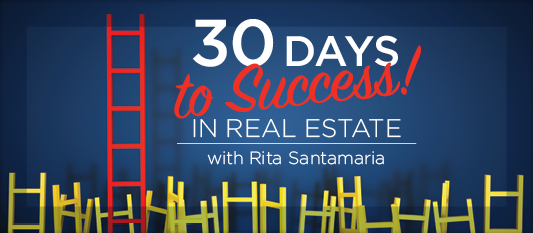Compliance is now the buzzword when it comes to the mortgage lending industry. The industry, after the huge fall-out, is now going back to the way it used to do business. Proof of income, proof of assets and good to excellent credit scores are once again the benchmarks by which consumers are able to obtain loans. Gone are the days where you just had to have a pulse (in some states a pulse was not even needed) to qualify for a loan. 560 credit scores, stated income, stated assets and 100% financing are no longer viable. People who never should have qualified to begin with will no longer qualify. The market needed a correction and lenders have tightened their purse strings. The sub-prime market is gone and dead….for now.
So how was it that an entire industry moved away from their normal standard operating procedures and got to this point? Why were these loans granted to people who normally would never be able to qualify for them? There is no one good answer for the crisis but instead there are many factors that led to it.
“This American Life”, a weekly radio program based out of Chicago, did a show back in May in collaboration with NPR news called The Giant Pool of Money. The show did an excellent job putting into layman’s terms how the housing crisis happened in the United States and what caused it.
The show explained that there is a Global Pool of Money in the world that consists of all the money that is being saved everywhere. Insurance companies saving for disasters, pension funds for retirement, money being saved by central banks are all part of this pool. From 2000 to 2006 this pool went from 36 trillion to 70 trillion mostly because of the rising economies of several nations. What took several hundreds of years to create doubled in just six short years. With all of this new capital needing to be invested somewhere, investment managers had to find things to invest in that would give them a good return.
So Wall Street figured out a way to give these investment managers what they were looking for: low risk, high return investments. These low risk, high return investments were found in residential mortgages. Wall Street investment firms would buy thousands of individual mortgages and package them together as a mortgage pool or mortgage-backed securities. Shares of these mortgage-backed securities would then be sold to these investors. The demand for these mortgage-backed securities became so great that the Wall Street investment firms could not keep up with the demand. It is this demand which eventually led to the requirements for loan qualifications to decrease to the point where a borrower could qualify for a loan with no income and no assets or what is more commonly known as a NINA loan.
While all of this was taking place home prices were drastically increasing as well, which made these mortgage pools seem all that more stable because they were backed by real estate. Many Wall Street investors erroneously believed that since real estate property value had been so stable over the years, there was no reason to believe that property values would change anytime soon or ever go down.
These mortgage pools were compiled by taking Triple A top tier loans and combining them with bad “toxic waste” loans which would make these loans look good on paper but in all reality these loans were doomed to fail because of the “toxic waste” loans that could never be repaid. Once the pool started to go bad then the good money was pulled down with the bad money. The insurance companies and banks couldn’t back the loans and the money disappeared.
In order to begin to rectify the mortgage crisis, the Federal Reserve has put together subprime mortgage rules regarding Regulation Z. Rules that on the surface seem like they should have been in place a long time ago to avert such a crises that has affected the industry.
"The proposed final rules are intended to protect consumers from unfair or deceptive acts and practices in mortgage lending, while keeping credit available to qualified borrowers and supporting sustainable homeownership," said Federal Reserve Chairman Ben S. Bernanke. "Importantly, the new rules will apply to all mortgage lenders, not just those supervised and examined by the Federal Reserve. Besides offering broader protection for consumers, a uniform set of rules will level the playing field for lenders and increase competition in the mortgage market, to the ultimate benefit of borrowers," the Chairman said.
These new rules will go into affect October 1, 2009 and can be found in the press release section of the Federal Reserves website.
There is some good that has come from this. Consumers have become more educated to the process of obtaining loans and new laws have been put into place that will prevent this from happening again. A well educated loan officer that is confident, ethical, driven and understands the business is now a hot commodity once again. A field that was once recognized and highly regarded as one that has helped millions of Americans achieve the “American Dream” is now rebounding to achieve that recognition again.
"Ref:" “This American Life” – From Chicago Public Radio® 5/09/2008 The Giant Pool of Money.



